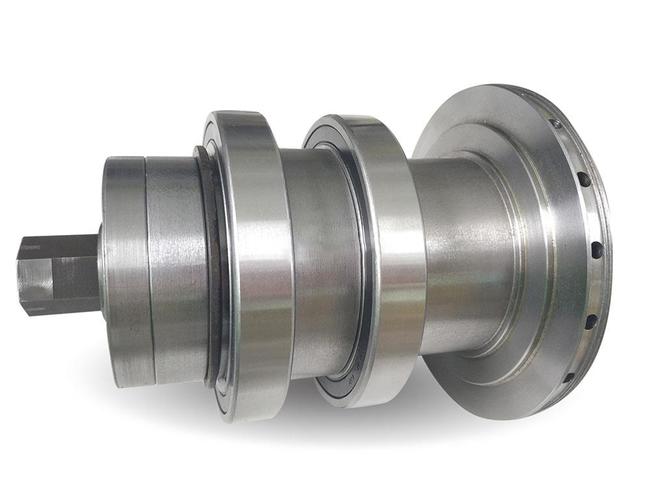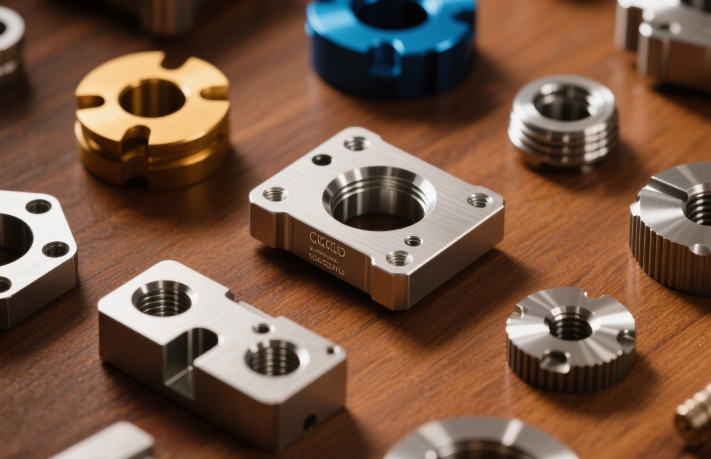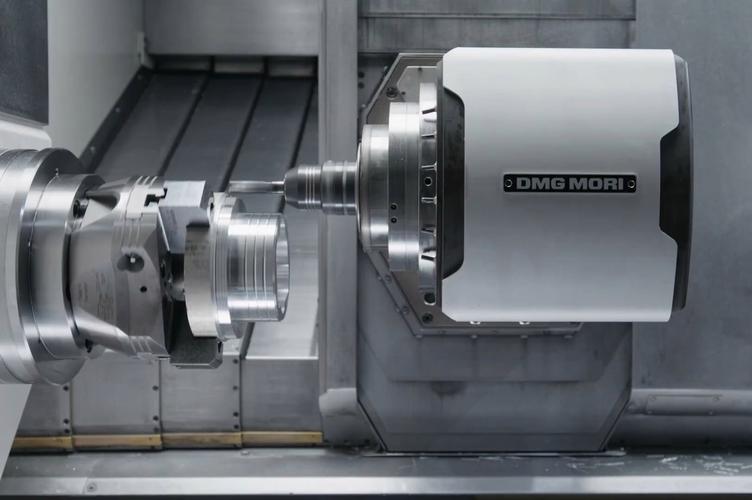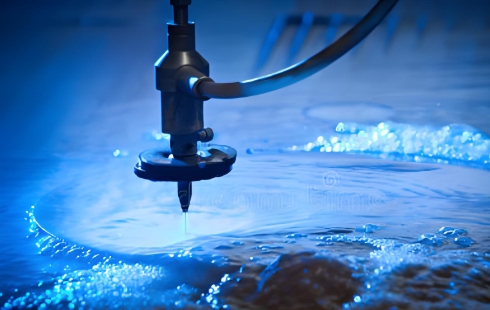1、Answer
The cheapest aluminium alloys for machining are 1100 (99% pure aluminium) and 3003 (aluminium-manganese alloy). 1100 has the lowest material cost (~$2–$3/kg) due to minimal alloying elements, while 3003 offers slightly better strength and workability at a similar price point. Both are suitable for low-stress applications and require minimal heat treatment, reducing overall machining costs.
2、Expansion
Why These Alloys Are Cost-Effective
-
1100 Aluminum (UNS A91100):
- Composition: 99% pure Al with trace Si/Fe (<1%), the simplest and most widely produced alloy.
- Cost Drivers:
- Low production cost: No expensive alloying elements (e.g., Mg, Cu, Zn), refined via basic smelting.
- Machinability: Soft (HB 25–35), easy to cut with standard HSS tools at high speeds (150–300 m/min), minimal tool wear.
- Limitations:
- Low strength (tensile ~90 MPa), not suitable for load-bearing parts.
- Prone to surface marring; best for non-critical components like trays, brackets, or decorative parts.
-
3003 Aluminum (UNS A93003):
- Composition: 1.2% Mn + 0.15% Cu, enhancing strength (~110 MPa tensile) without significant cost increase.
- Value Proposition:
- Balanced performance: Better ductility than 1100, ideal for bending, forming, and general machining (e.g., CNC turning/milling).
- Corrosion resistance: Natural surface oxide layer reduces need for coatings, saving post-processing costs.
- Typical applications:
- Sheet metal parts (e.g., enclosures, heat sinks), structural components in furniture/auto interiors, where cost and simplicity matter.
Cost vs. Alternatives
- Comparison with 6061 (Al-Mg-Si):
- 6061 costs ~30–50% more ($3.5–$5/kg) due to Mg/Si additives but offers 2x strength (tensile ~290 MPa). While cheaper than 7000-series, it requires heat treatment (an additional $0.5–$1/kg), making 3003 more cost-effective for low-stress applications.
- Impact of Machining Costs:
- 1100/3003 allow faster feed rates (e.g., 0.2–0.5 mm/rev) and lower tooling costs (HSS tools vs. carbide for harder alloys). For example, machining a 3003 bracket may cost $5–$8, vs. $12–$15 for 6061 due to slower speeds and tool wear.
Practical Considerations
- Material Availability: Both alloys are widely stocked in sheets, rods, and tubes, reducing procurement lead times and transportation costs.
- Post-Processing:
- 1100 is rarely heat-treated; 3003 may undergo annealing for maximum ductility, but this is cheaper than the T6 tempering required for 6061.
- Surface finishes (e.g., anodizing) cost similar across all Al alloys, so material cost remains the primary savings factor.
When to Avoid:
- High-strength applications (e.g., aerospace, automotive structures) require higher-cost alloys like 6061/7075.
- Parts needing tight tolerances or high surface hardness may require 6061, as 1100/3003 can exhibit “tearing” during aggressive machining.
Conclusion: For budget-focused projects without strict mechanical requirements, 1100 and 3003 offer the lowest total cost of ownership, balancing material affordability, ease of machining, and basic performance. Their simplicity makes them ideal for prototyping, low-volume production, or disposable components.







